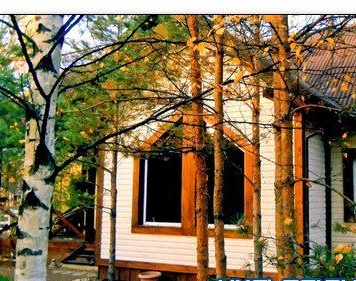
True, if you use such a house only in the summer months, coming on weekends to a barbecue, then it will do.
But having such a large capital house would be just silly to use it only in the warm season, which ends so quickly.
That this house would serve household members, as well as the warm months of the year, and in the harsh Russian winter, it should be insulated.
With this type of building from a gas silicate block, wall insulation is practiced on the street, and this has several advantages. This type of blocks is very susceptible to environmental humidity, especially in autumn in rainy inclement weather, and for this reason it is better to protect your home from moisture, and insulate it from the street, and subsequently sheathe it with cladding material.
The author took into account all these nuances and decided to sheathe her house on the street, because this has another indisputable plus - saving interior space. Warming the house is not so difficult and is affordable for everyone.
On the walls of the building, bars are attached with a step equal to the width of the insulation material, then the insulation is inserted into the openings between the bars and covered with protective material. After the work done, the insulation boards are fixed to the wall with special plate-shaped dowel-nails.
Another control screed is made of steel tape, placing it vertically in three levels.
He needed:
Materials: insulation, protective material, bars, plate-shaped dowel-nails, screws, profile sheet metal.
Instruments: knife, screwdriver, hammer, hacksaw, grinder.
First, he trimmed the house with bars, strictly observing the distance between them.
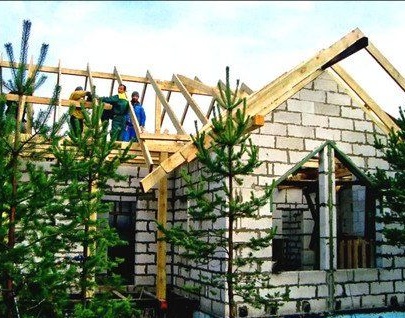
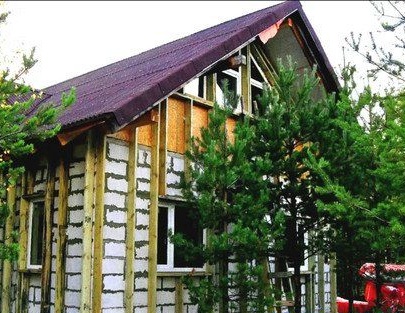
I hid the wiring under the lining.
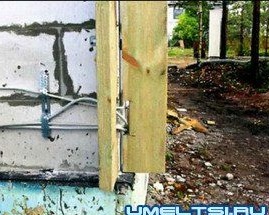
He inserted mineral wool into the openings between the bars and covered the entire area with protective material. The dowel-nails nailed to the wall.
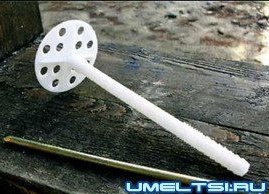
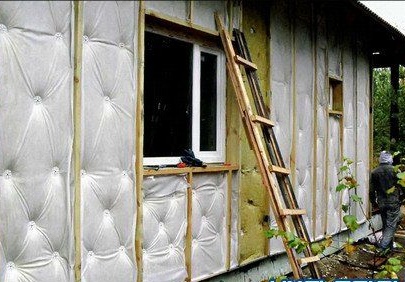
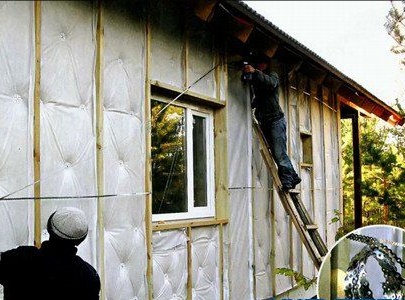
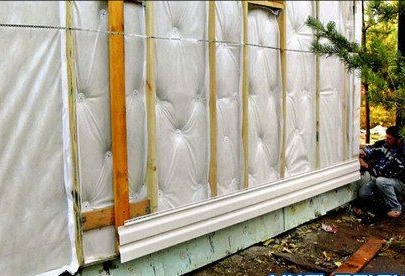
And in the end, after warming, he made the lining with metal.
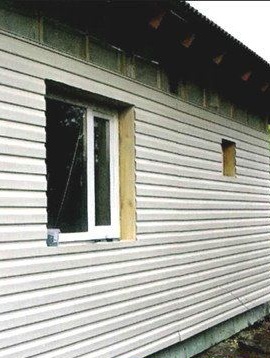
And now all the work on insulation and cladding is finished. Now the author will be able to live with his family all year round and does not worry about the preservation of heat. He also saved a certain amount of money by doing the work on his own.
